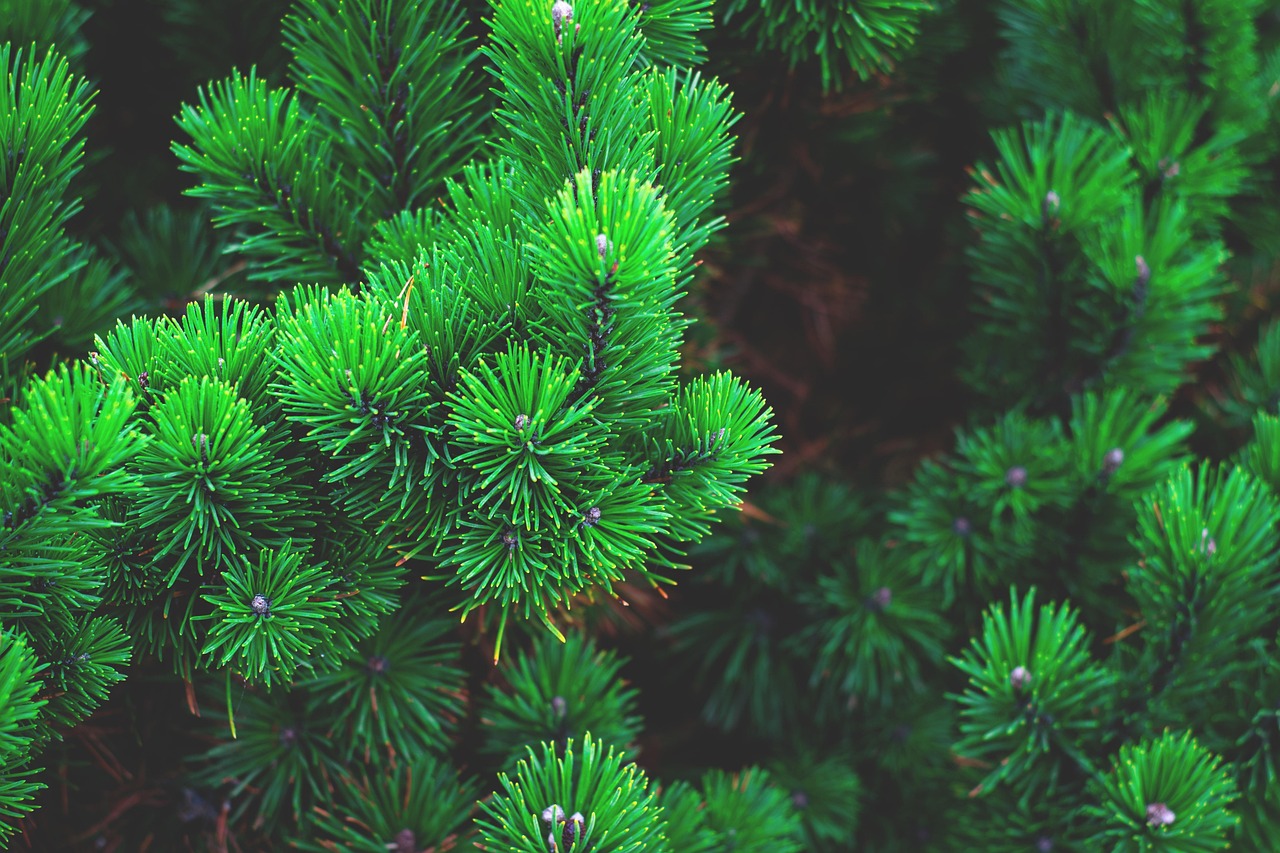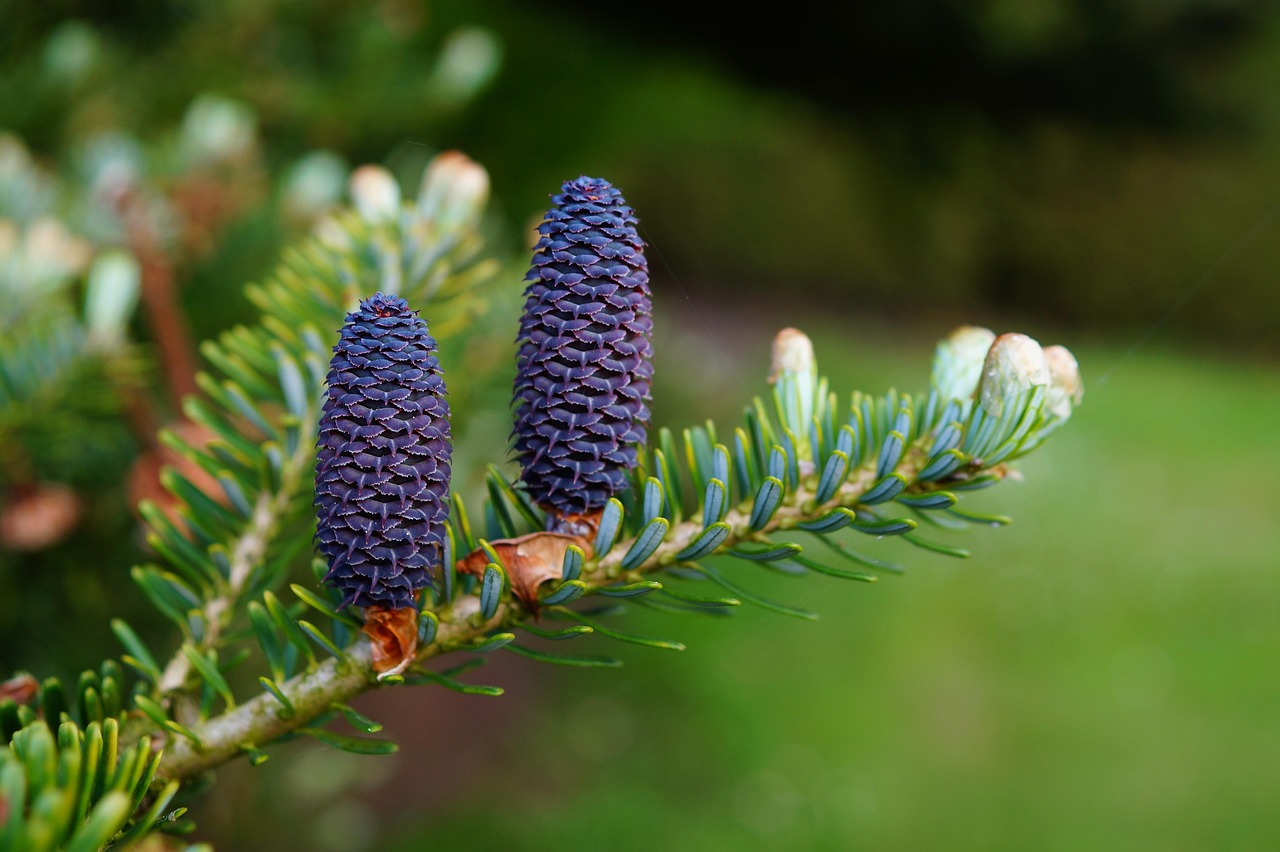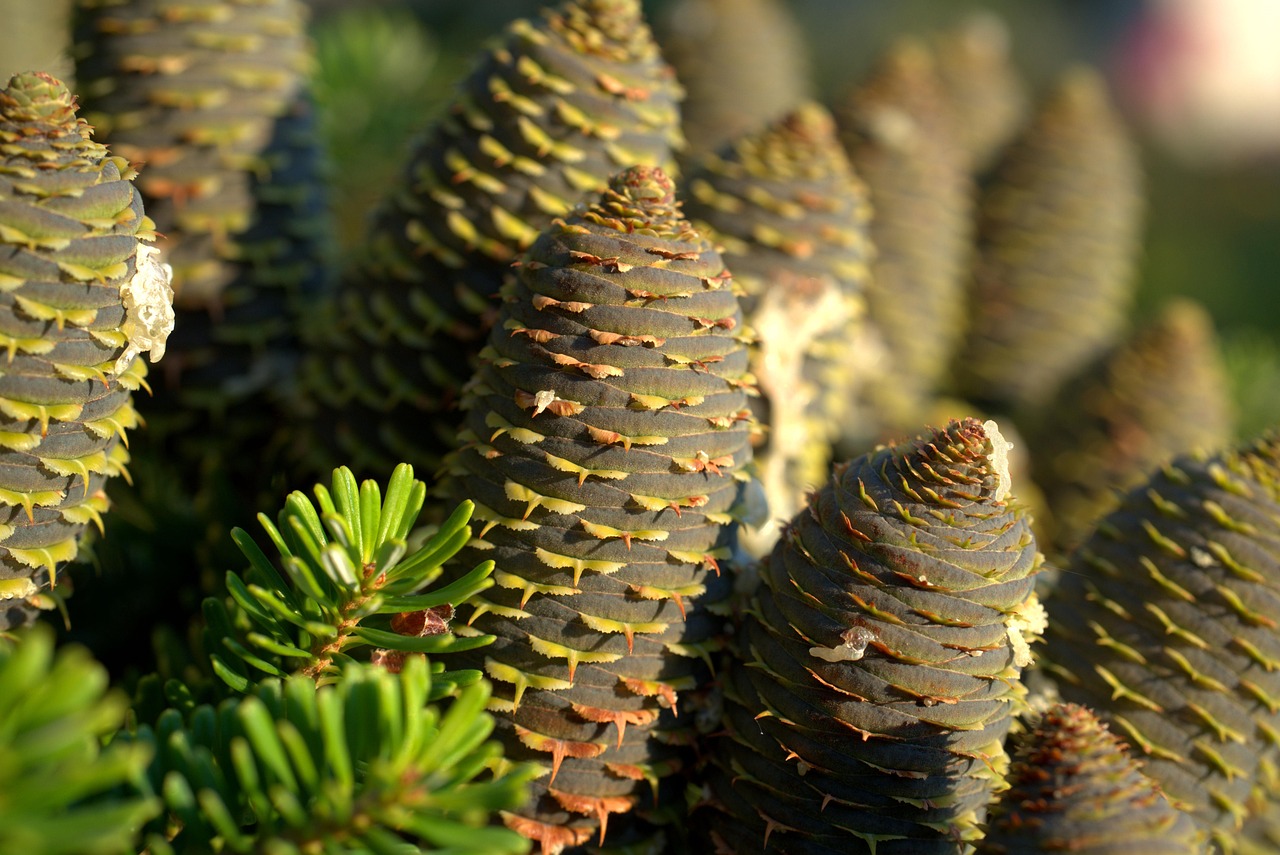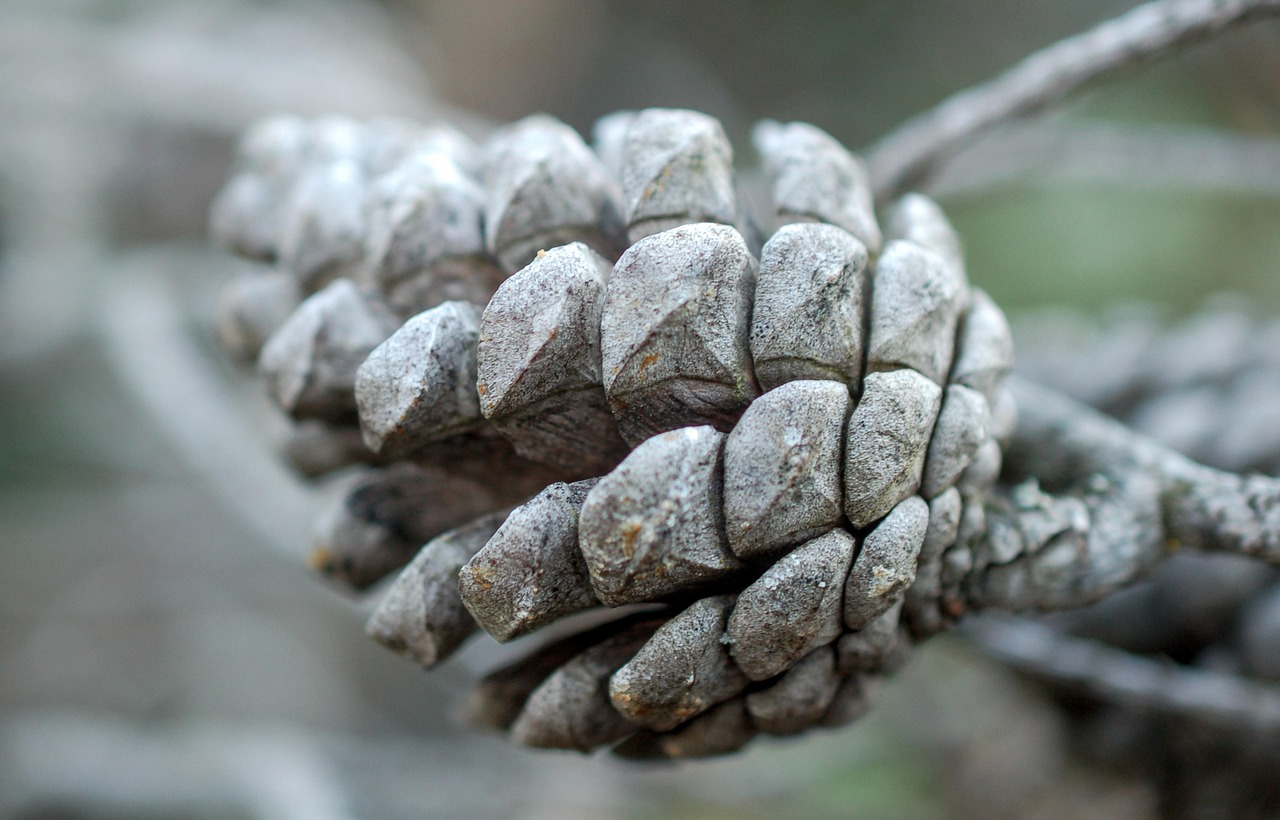Pine tree pruning is essential for aesthetic forest management. It enhances the visual appeal of landscapes, promotes healthy growth, and prevents disease. Proper techniques also improve the structural integrity of trees, making them more resilient to environmental stresses.
Pine trees are among the most common and beloved trees found in various landscapes. They provide numerous benefits, such as shade, habitat for wildlife, and aesthetic value. However, like all trees, they require maintenance to thrive and look their best. One critical aspect of pine tree care is pruning. This process not only shapes the tree but also helps manage its overall health and appearance.

The aesthetic management of pine forests can significantly impact the surrounding environment. A well-maintained pine forest can enhance property values and create inviting spaces for recreation. Moreover, it can foster biodiversity by providing habitats for various species. Therefore, understanding the basics of pine tree pruning is essential for anyone involved in forest management or landscaping.
Understanding Pine Trees
Pine trees belong to the Pinaceae family and are known for their needle-like leaves and conical shape. They are evergreen trees, meaning they retain their foliage throughout the year. There are many species of pine trees, each with unique characteristics. Here are some common types:
- Eastern White Pine
- Scots Pine
- Jack Pine
- Ponderosa Pine
- Lodgepole Pine
Each species has its specific growth habits and requirements. For instance, Eastern White Pine grows tall and straight, while Scots Pine has a more rugged appearance. Knowing the characteristics of these trees is crucial when planning pruning strategies.

The Importance of Pruning
Pruning serves multiple purposes in aesthetic forest management. It can be categorized into several key areas:
- Aesthetic Appeal: Pruning helps maintain the shape and structure of pine trees, ensuring they look attractive in their surroundings.
- Health Management: Regular pruning removes dead or diseased branches. This practice prevents the spread of pests and diseases.
- Safety: Removing lower branches can reduce the risk of falling limbs, particularly in high-traffic areas.
- Growth Promotion: Pruning encourages healthy growth patterns by allowing more sunlight to reach the inner branches.
Best Practices for Pine Tree Pruning
Effective pruning requires knowledge of proper techniques and timing. Here are some best practices to consider:
Timing
The timing of pruning is critical for the health of pine trees. It is generally best to prune during late winter or early spring before new growth begins. This timing minimizes stress on the tree and allows for faster recovery.

Tools Needed
Having the right tools is essential for effective pruning. Here are some recommended tools:
- Hand pruners for small branches
- Loppers for medium-sized branches
- Saws for larger limbs
- Safety gear, including gloves and goggles
Pruning Techniques
When pruning pine trees, follow these techniques for optimal results:
- Thin Out Crowded Areas: Remove inner branches that crowd each other to improve air circulation.
- Cut at the Right Angle: Make cuts at a 45-degree angle to help water runoff and prevent rot.
- Avoid Topping: Never cut off the top of a tree, as this can lead to weak growth and increased risk of disease.
Common Mistakes to Avoid
New pruners often make mistakes that can harm trees. Here are some common errors to watch out for:

- Over-pruning: Removing too much foliage can stress the tree.
- Poor Timing: Pruning at the wrong time can lead to sap loss or disease susceptibility.
- Improper Cuts: Making cuts too close to the trunk can damage the tree’s vascular system.
Pine Tree Pruning Guidelines Table
| Aspect | Guideline |
|---|---|
| Best Time to Prune | Late winter to early spring |
| Recommended Cuts | No more than 25% of foliage at one time |
| Tools Needed | Hand pruners, loppers, saws |
| Avoid These Practices | Topping and over-pruning |
Pine tree pruning is an art that combines knowledge with practical skills. Understanding the principles behind effective pruning can lead to healthier, more beautiful forests. By following best practices and avoiding common mistakes, anyone can contribute to the aesthetic value of pine tree landscapes.
Advanced Techniques in Pine Tree Pruning
As you gain experience in pine tree pruning, you may want to explore advanced techniques that can enhance the overall health and aesthetics of your trees. These techniques require a deeper understanding of how trees grow and respond to pruning. Here, we discuss some advanced pruning methods that can be beneficial for aesthetic forest management.
Structural Pruning
Structural pruning focuses on shaping young trees to encourage strong, healthy growth. This method is particularly effective in establishing a well-formed tree structure. Key aspects include:
- Identifying the Leader: The leader is the main stem that grows upward. Ensure it is straight and central, allowing for an even distribution of branches.
- Removing Competing Leaders: If multiple leaders develop, remove the weaker ones. This helps the tree focus its energy on the strongest leader.
- Limiting Lateral Growth: Trim lateral branches to maintain a balanced canopy. This encourages vertical growth while keeping the tree’s shape.
Natural Target Pruning
Natural target pruning is a method that mimics how trees would prune themselves in nature. This technique involves making cuts at natural junctions or growth points. Benefits of this approach include:
- Reduced Stress: By cutting at natural joints, you minimize stress on the tree and promote quicker healing.
- Improved Aesthetics: This method often results in a more natural appearance, as it allows the tree to maintain its form.
- Enhanced Growth: Trees are likely to respond positively by producing new growth where cuts were made.
Thinning Cuts
Thinning cuts involve removing entire branches at their point of origin. This technique aims to reduce density while maintaining overall tree shape. Thinning can provide several advantages:
- Improved Airflow: By reducing the number of branches, air circulation improves, which can prevent fungal diseases.
- Increased Light Penetration: Thinning allows sunlight to reach inner branches, promoting healthier foliage.
- Aesthetic Balance: This method helps achieve a more balanced appearance by evenly distributing foliage throughout the tree.
Pine Tree Pruning for Aesthetic Purposes
Aesthetic pruning goes beyond just health considerations. It aims to enhance the beauty and appeal of pine trees in landscapes. Here are some techniques specific to aesthetic pruning:
Crown Reduction
Crown reduction is a technique used to reduce the height and spread of a tree’s crown while maintaining its natural shape. This is particularly useful for ornamental pines or those planted close to structures. Key points include:
- Maintaining Proportions: Ensure that any reductions maintain the tree’s natural proportions to avoid an awkward appearance.
- Cutting Above Nodes: Always cut above a node or lateral branch to encourage new growth in a desired direction.
- Avoiding Excessive Cuts: Limit crown reductions to no more than one-third of the crown to prevent stress.
Espalier Techniques
Espalier is a method of training trees to grow flat against a wall or trellis. This technique can create stunning visual effects in landscapes. Important considerations include:
- Selecting Suitable Varieties: Not all pine species are suitable for espalier; choose varieties with flexible branches.
- Regular Maintenance: This method requires frequent pruning and tying branches to maintain shape.
- Caring for Growth Points: Pay attention to the growth points and ensure they are directed appropriately.
The Role of Seasonal Changes in Pruning
The seasons can greatly influence how and when you prune pine trees. Understanding these seasonal effects can improve your pruning strategies. Here are some considerations:
Spring Pruning
Spring is an excellent time for pruning as trees begin to actively grow. During this period:
- Remove Dead or Damaged Branches: Inspect for any winter damage and remove unhealthy limbs.
- Encourage New Growth: Make cuts to stimulate new growth in healthy areas.
- Avoid Heavy Pruning: Focus on light pruning as heavy cutting can stress the tree at this time.
Fall Pruning
While fall is generally not recommended for heavy pruning, it can be a good time for certain tasks:
- Preparing for Winter: Remove dead branches that could become hazards during winter storms.
- Avoid Late Pruning: Do not prune too late in fall as it may encourage new growth that will not harden off before winter.
Pine Tree Pruning Safety Measures
Safety should always be a top priority when undertaking any pruning task. Here are some essential safety measures to follow:
- Wear Protective Gear: Always wear gloves, safety glasses, and sturdy footwear to protect against injuries.
- Use Proper Tools: Ensure that your tools are sharp and well-maintained. Dull tools can lead to accidents.
- Be Aware of Surroundings: Watch for power lines, nearby structures, and other hazards when pruning.
Pine tree pruning is an intricate process that combines art and science. By mastering advanced techniques, acknowledging seasonal changes, and adhering to safety protocols, you can significantly enhance the beauty and health of pine trees in any landscape.
Pine Tree Pruning and Environmental Considerations
Understanding the environmental aspects of pine tree pruning is essential for sustainable forest management. Pruning not only affects the individual trees but also has broader implications for the ecosystem. Here, we explore the ecological benefits and considerations related to pine tree pruning.
Enhancing Biodiversity
Effective pruning practices can promote biodiversity within pine forests. Here’s how pruning contributes to a healthier ecosystem:
- Creating Habitats: By managing tree density, pruning can create open spaces that allow sunlight to reach the forest floor. This encourages the growth of understory plants, which provide habitat for various wildlife.
- Encouraging Species Diversity: A well-pruned forest can support a variety of plant species, which in turn attract different animals, insects, and birds.
- Reducing Competition: Thinning out weaker trees allows stronger ones to thrive, improving overall forest health and resilience against pests and diseases.
Soil Health and Water Management
Healthy soil and proper water management are critical for the sustainability of pine forests. Pruning can positively affect these aspects:
- Improving Soil Quality: By allowing more sunlight to penetrate the forest canopy, pruning encourages the growth of groundcover plants. These plants help prevent soil erosion and improve soil structure.
- Water Conservation: Thinning the canopy reduces competition for water among trees. This is particularly important in drier climates where water resources are limited.
- Organic Matter Recycling: Pruned branches and foliage can be left on-site to decompose, returning nutrients to the soil and fostering a rich ecosystem.
Pine Tree Pruning Techniques for Specific Goals
Different pruning techniques can be applied depending on the specific goals you want to achieve in your pine forest. Below are techniques tailored for various objectives.
Aesthetic Goals
If your primary goal is enhancing visual appeal, consider these techniques:
- Topiary Shaping: This artistic form of pruning involves shaping pine trees into specific designs. Regular trimming is essential to maintain the desired shape.
- Seasonal Color Enhancement: Prune in early spring to encourage vibrant new growth that provides color contrast against other landscape elements.
- Framing Views: Selectively prune branches that obstruct scenic views or focal points in your landscape design.
Health Improvement Goals
For improving the health of your pine trees, focus on these techniques:
- Sanitation Pruning: Regularly inspect trees for signs of disease or pest damage. Quickly remove affected branches to prevent spread.
- Crown Thinning: Remove excess branches in the crown to improve light penetration and airflow, reducing the risk of fungal infections.
- Deadwooding: Remove dead or dying branches to minimize energy waste by the tree and reduce hazards.
Safety and Risk Management Goals
In environments where safety is a concern, certain pruning strategies can help manage risks:
- Hazard Pruning: Identify and remove branches that pose a risk of falling onto structures or pathways.
- Crown Lifting: Raise the crown by removing lower branches to ensure clear space for pedestrians and vehicles.
- Wind Resistance Management: Thinning branches can reduce wind resistance, helping trees withstand storms better.
Pine Tree Pruning and Pest Management
Pest management is an important aspect of maintaining healthy pine trees. Pruning can play a critical role in reducing pest populations and minimizing damage.
Identifying Pests
Before you begin pruning, it is essential to identify any pests that may be affecting your pine trees. Common pests include:
- Bark Beetles: These insects bore into tree bark, disrupting nutrient flow. Look for small holes or sawdust around the base of trees.
- Pine Sawflies: These pests feed on needles and can quickly defoliate a tree. Watch for clusters of larvae on branches.
- Aphids: These sap-sucking insects can weaken trees and promote sooty mold growth. Check for sticky residue on leaves.
Pest Management Techniques through Pruning
Here are some ways that pruning can aid in pest management:
- Targeted Removal: Remove infested branches immediately to prevent pests from spreading to healthy parts of the tree or neighboring trees.
- Encouraging Beneficial Insects: Maintaining a diverse ecosystem through proper pruning can attract beneficial insects that naturally control pest populations.
- Avoiding Wounding Trees: Proper pruning techniques minimize wounds that can attract pests or diseases. Ensure cuts are clean and at appropriate angles.
Pine Tree Pruning Tools: Essential Equipment
The right tools are vital for effective and safe pruning. Here’s a list of essential tools along with their uses:
| Tool | Description | Use Case |
|---|---|---|
| Hand Pruners | Compact scissors-like tool for small branches | Ideal for removing small twigs and dead growth |
| Loppers | Larger tool with long handles for added leverage | Used for medium-sized branches up to 1 inch thick |
| Saws | Saw with a curved blade for larger cuts | Perfect for cutting thicker limbs that hand pruners can’t handle |
| Safety Gear | Includes gloves, goggles, and helmets | Protects against injuries during pruning tasks |
Selecting the right tools not only ensures efficiency but also contributes to safety during pruning activities. Always keep tools sharp and well-maintained for best results in your pine tree care efforts.
Long-Term Maintenance and Care for Pine Trees
After completing initial pruning, ongoing maintenance is essential for the health and aesthetic appeal of pine trees. Long-term care strategies will help sustain the benefits of pruning while ensuring the trees continue to thrive in their environment.
Regular Monitoring
Consistent observation of your pine trees can help catch potential problems early. Here are some key points to consider:
- Visual Inspections: Regularly check for signs of disease, pests, or environmental stress. Look for discoloration in needles or unusual growth patterns.
- Check Soil Quality: Monitor the soil around your pine trees. Healthy soil should retain moisture without becoming waterlogged.
- Watch for Competing Vegetation: Keep an eye on other plants that may encroach on your pine trees, as they can compete for nutrients and water.
Watering and Fertilization
Proper watering and fertilization practices are crucial for maintaining healthy pine trees. Here are some tips:
- Watering Needs: Pines typically require deep watering, especially during dry spells. Ensure the soil is moist but not saturated.
- Fertilization Schedule: Use a slow-release fertilizer formulated for evergreen trees, applying it in early spring when growth begins.
- Avoid Over-Fertilizing: Too much fertilizer can lead to excessive growth and increased vulnerability to pests and diseases.
Seasonal Care Practices
In addition to regular monitoring, adapting your care routine with the seasons can improve tree health:
- Spring: This is a crucial time for pruning and fertilization. Focus on removing any winter damage and promoting new growth.
- Summer: Monitor for pests and ensure trees are adequately watered. Light pruning may be necessary to remove any dead or unhealthy branches.
- Fall: Prepare trees for winter by checking for diseases and completing any necessary pruning before colder weather hits.
- Winter: Inspect trees for snow or ice damage. If branches are weighed down, carefully remove excess snow to prevent breakage.
Community Engagement and Education
Pine tree pruning is not only an individual task but can also be a community effort. Engaging with local communities can enhance forest management practices. Here are some ways to get involved:
- Organize Workshops: Host educational workshops that teach community members about the importance and techniques of pine tree pruning.
- Create Community Groups: Establish local clubs or groups focused on tree care, allowing members to share knowledge and resources.
- Participate in Local Events: Join tree planting or maintenance events organized by local environmental organizations or schools.
The Importance of Knowledge Sharing
Sharing knowledge about pine tree pruning can significantly benefit the environment. Here’s why:
- Building Expertise: By collaborating with others, you can learn new techniques and improve your skills in tree care.
- Encouraging Sustainable Practices: Educating others about sustainable pruning methods can promote healthier ecosystems in your community.
- Fostering Environmental Awareness: Increased awareness about tree care enhances appreciation for local forests and promotes conservation efforts.
Final Thoughts
Pine tree pruning is an essential practice in aesthetic forest management that contributes to the beauty and health of our landscapes. Through effective techniques, proper tools, and ongoing care, you can ensure that your pine trees thrive while enhancing the surrounding environment.
The benefits of pruning extend beyond mere aesthetics; they include promoting biodiversity, improving soil health, and managing pests. By engaging in community efforts and sharing knowledge, we can collectively enhance our understanding of tree care and foster a greater appreciation for our natural resources.
Ultimately, maintaining pine trees is a long-term commitment that requires dedication and education. By employing the strategies outlined in this article, you can create a vibrant and healthy forest ecosystem that will be enjoyed by future generations. Embrace the art of pruning, appreciate the beauty of pine trees, and contribute positively to your environment.
